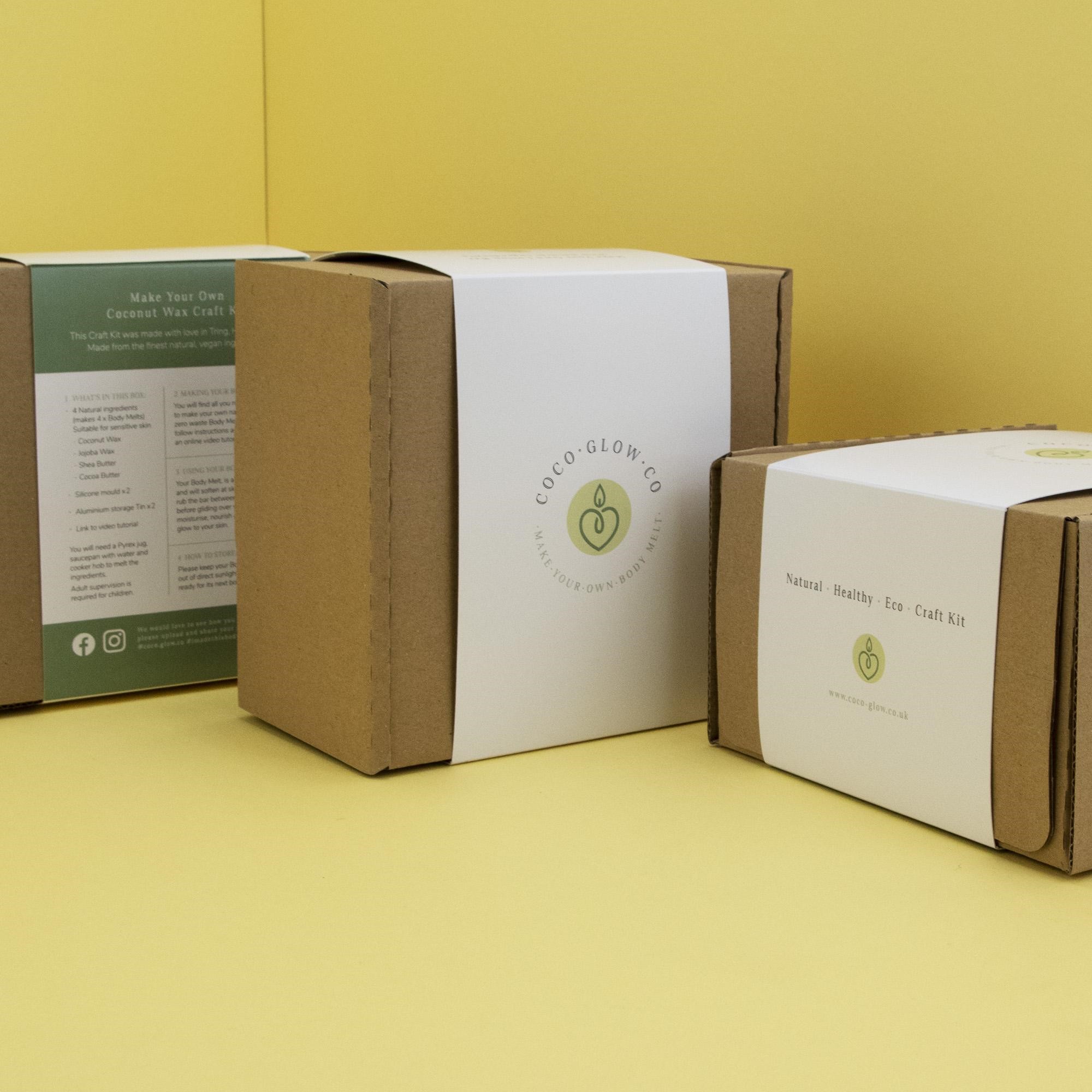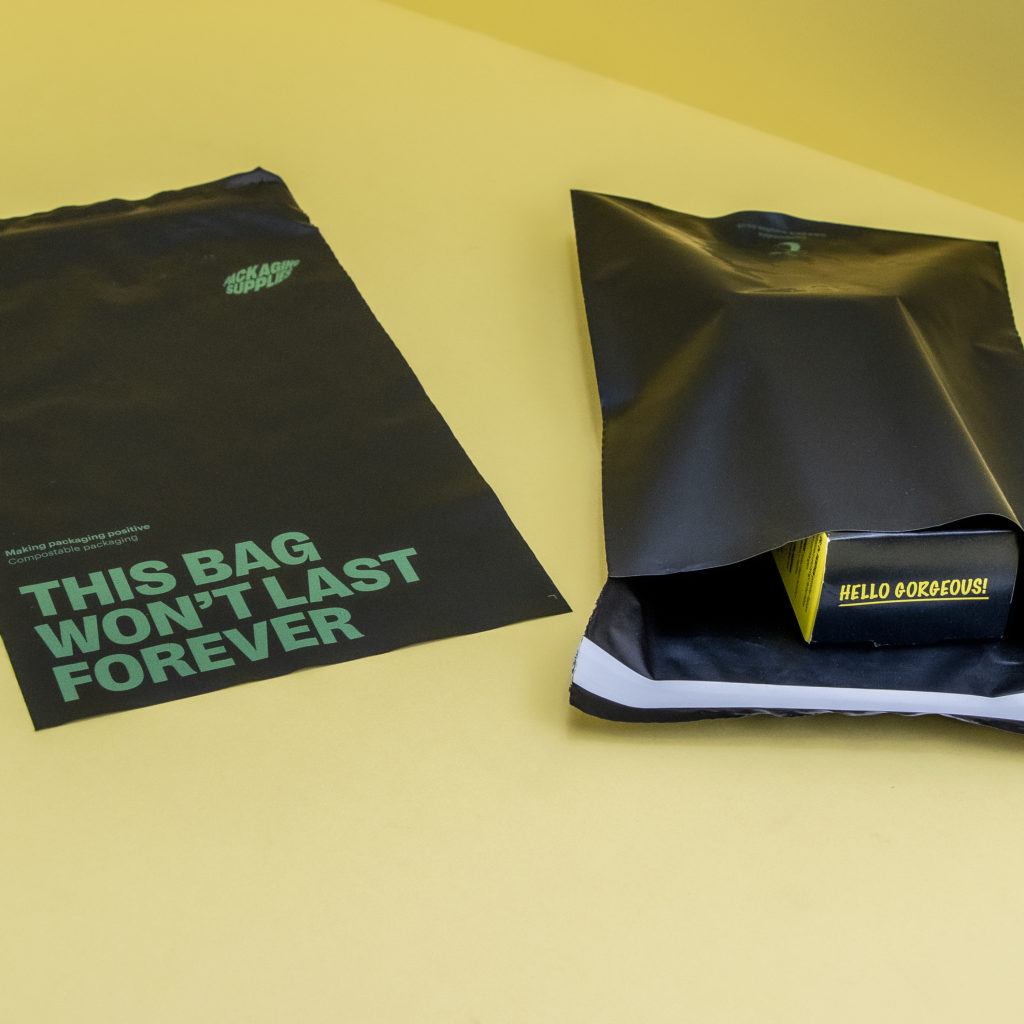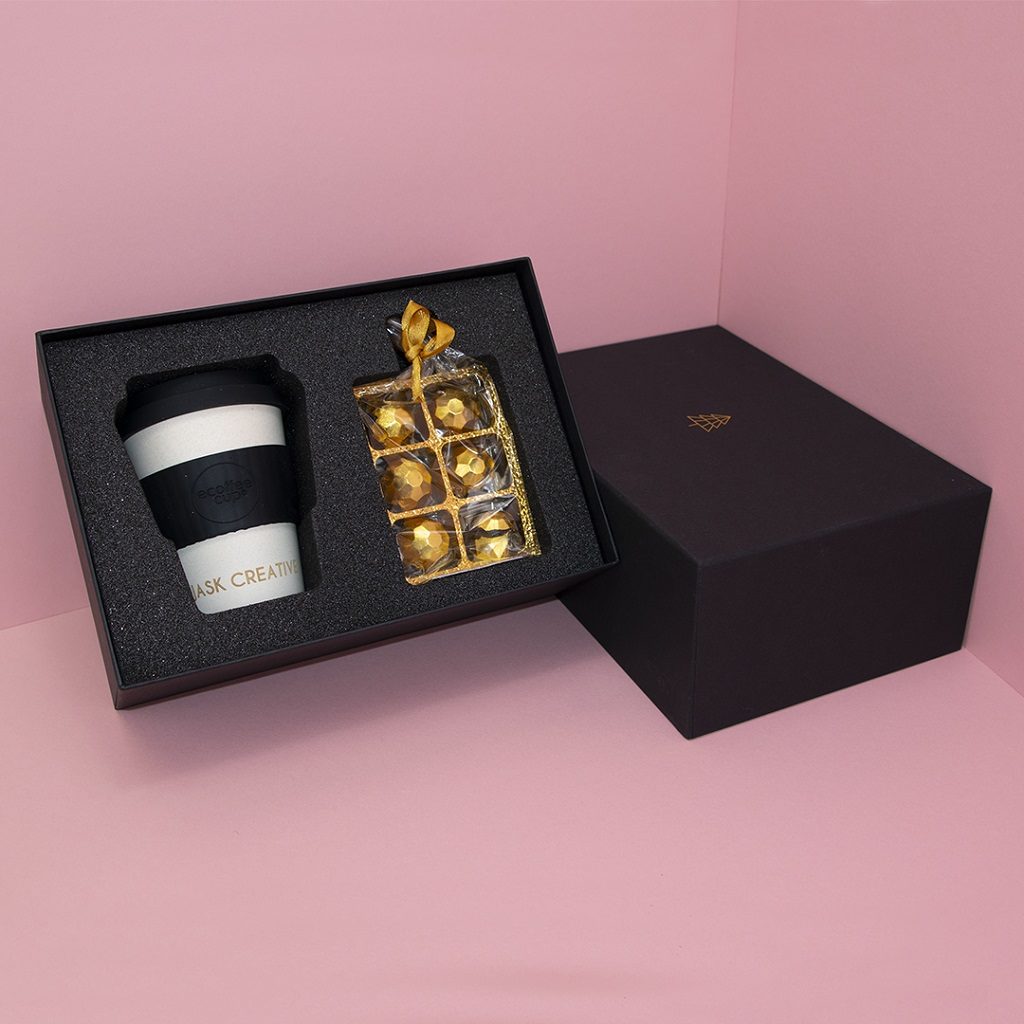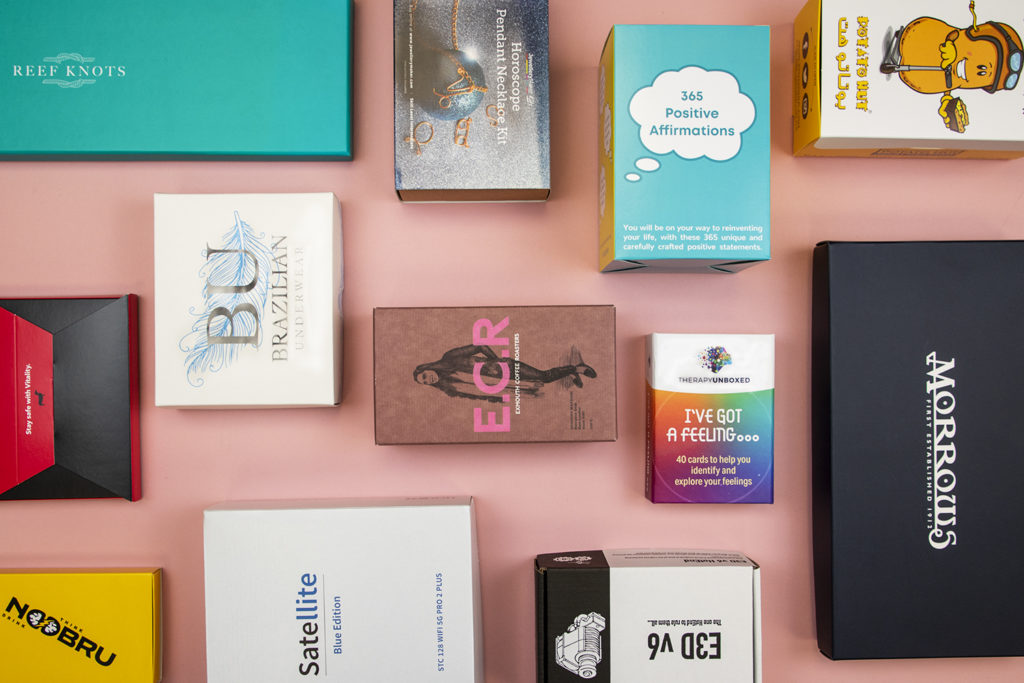What Are the Best Packaging Materials for Shipping?
Make sure your products get from A to B secure and sustainably with the best packaging materials for shipping.
Packaging isn’t just about making your products look appealing, it needs to protect your products during the shipping process. In the world of eCommerce, over 80% of customer returns are initiated by faulty or damaged items. This is staggering, considering how many returns could be avoided by implementing the right packaging.
To mitigate unnecessary and avoidable customer returns, your goods need sufficient protection. So what are the best packaging materials for shipping? Let’s explore the most effective and eco-friendly materials for shipping products across the globe.
Related: Boxing Clever: How to Package Your Products on a Budget
What Is the Best Material for Packaging?

Packaging isn’t a one-size-fits-all process. While there isn’t one material that’s perfect in every situation, cardboard packaging is by far the most popular packaging material. It’s widely accepted as eco-friendly, cost-effective and incredibly versatile. It’s suited to packaging a range of products, from large and oversized goods to small, delicate items.
With this in mind, there are a few things to consider to make the right packaging selection:
- What size are your products? — Large items simply need more packaging than smaller items, so the cost of materials is something to bear in mind. Consistent packaging across a range of product sizes is also important.
- How heavy are your products? — Weighty items need packaging that won’t buckle under the pressure of the item itself. Lighter items shouldn’t be accompanied by excess packaging to keep shipping costs down.
- What shape are the products? — Cuboid objects are easier to package than those with long, pointy edges. If your products can be dismantled into separate parts, it can help you save space in your packages and further reduce postage costs.
- How much protection do your products need? — All packages need some form of protection, but picking the right packaging materials and void fill will ensure even the most delicate items get the protection they need.
What should your packaging look like? — Last but not least, your packages need to look appealing and provide customers with a memorable unboxing experience. A custom packaging solution is your best bet if you want to impress your patrons.
With many factors at play and such a wealth of options available, deciding on which packaging material to use for shipping your products isn’t easy. Fear not, as we’ll take you through the process of picking the right packaging for your goods.
How to Pick the Best Packaging Material for Your Products

There are other things to consider when selecting your packaging too. Depending on the kind of products you’re shipping, the scale of your operation and your customers’ needs, you should evaluate the following:
- How much packaging do you need? — Don’t let your business grind to a halt by running out of shipping boxes or mailing bags. Being aware of how much packaging you’ll need — whether that’s a few postal boxes or wholesale packaging by the pallet-load — will help keep things running smoothly (plus, our inventory management services make this a breeze).
- How much does it cost? — Your bottom line is, without a doubt, the most crucial aspect of your business. If you’re not turning a profit, your business won’t be able to continue. Your packaging selection should meet all of the necessary criteria without blowing your budget.
- Can your packaging supplier provide all the packaging you need? — Using one sole packaging supplier like Packaging Supplies has an array of benefits, including savings on wholesale packaging orders and additional packaging services.
- Is your packaging sustainable? — Consumers are increasingly conscious of the impact of their purchases. If they receive products clad in plastic, polystyrene or foam packaging, they’re bound to ask questions about the efficacy of your operations. Nearly three-quarters of consumers are willing to pay more for sustainable packaging, so make sure the materials you use are eco-friendly.
What Are the Best Materials for Shipping Products?

Let’s get down to the nitty-gritty —which materials are best for shipping your products? We’ve looked at some of the most widely used materials used in packaging and below, we’ve outlined the key features, benefits and potential drawbacks of each:
Packaging Paper
Packaging paper has innumerable benefits and is one of the most commonly used packaging materials for shipping. FSC certified paper is sustainable, affordable and a natural choice for companies across retail and eCommerce. It’s recyclable, compostable and biodegradable, making it easy for your customers to dispose of it responsibly.
When used to create void fill packaging, packaging paper can effectively protect fragile items from damage during shipping. It’s suitable for a wide range of items, but for the most breakable objects, you might want to consider a custom solution that incorporates foam packaging.
Foam Packaging
Custom foam inserts are a good idea for shipping fragile or high-value products, particularly if they’re an irregular shape. Specially designed foam packaging will cradle your products, supporting the contents of your packages and preventing movement and damage. It’s lightweight, reducing shipping costs, and a great option for high-value items that need luxury treatment. The trade-off is that it’s not recyclable or easily biodegradable, so it should be used sparingly.
Bubble Wrap
Bubble wrap has remained a popular choice for decades. It provides a flexible cushion of air that offers a reasonable level of protection. However, if the bubbles are popped, the packaging becomes redundant. While bubble wrap comes in many forms, it’s always made of plastic, making it less environmentally friendly than paper or cardboard-based packaging options like PuffPack. Another reason for bubble wrap’s dwindling popularity is that It’s relatively expensive — with other eco-friendly options available,
Packing Peanuts
Packaging peanuts are small fragments that interlock under pressure, creating a protective layer between your products and the external packaging. They prevent items from shifting around or becoming damaged during shipping, and since they’re so small, they can be used large or oddly shaped without adding excess weight to your parcels. Previously, packaging peanuts were exclusively made from plastic-based materials that aren’t good for the environment. Now, we offer biodegradable packing peanuts, which are 100% plastic-free, recyclable and made from recycled materials.
Korrvu Packaging
Korrvu® packaging is designed to safely hold items in the centre of your shipping container, ensuring your products are kept securely in place using a non-slip film. Korrvu packaging also protects shipped items from bumps and vibrations. It’s innovative and versatile, and a great alternative to plastic-based foam packaging, but its best application is for breakable bottles of expensive alcohol or fragrances.
Buying Eco-Friendly Packaging Materials
If your packaging fails, it’s not just your products that could be damaged. Your reputation is as fragile as the most breakable of goods. With your company’s name at stake, it’s imperative you use high-quality, eco-friendly packaging.
Need some help making the best packaging selection? Get in touch with our expert in-house team. With over forty years of experience in the packaging industry, we guarantee you’ll come away with functional, effective and planet-positive packaging.
Ready to order plastic-free packaging? Check out our online shop and discover a range of boxes, mailers and bags that are all shipped free to UK mainland territories.



